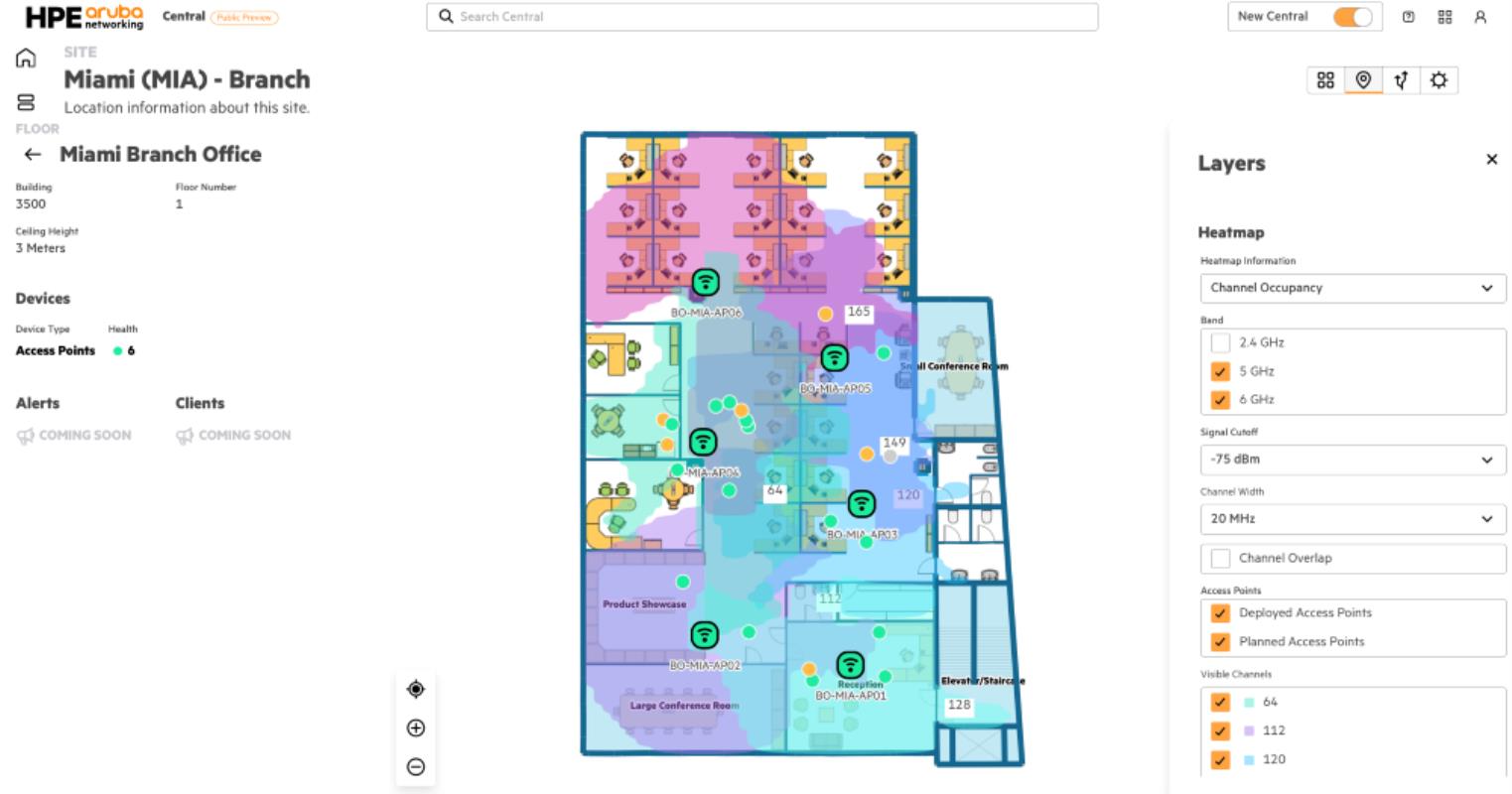This write-up is about how to note moves in the Language of Chess. I had to put this up in the SPORTS section because it is the closest to the category this article fits in.
First, you have to remember what capital letter is used for every piece. Let’s start with a King move. Also, notice that on the sides of the board are numbers from 1 to 8 and letters from A to H.
How to note a square on the board?
The center four squares are e4, d4, e5 and d5. First read the letter of the column (which is called file) the square you want to note is on and read its row (which is called rank). If you want to read the square where the white queen is at the start of the game, first read the letter which is E and the read the number, which is 1. The square is called e1. Now let’s start noting moves.
Let’s start with king moves. First read the King’s and the square he moves to. If the king moved to e3, it is noted as Ke3. When you note a King move you should read the letter used for noting King moves, which is a capital K. If the King moves to d2, it is noted as Kd2. For the Queen the letter is a capital Q. If the Queen moves to h8 it is noted as Qh8. For the Bishop, the letter is a capital B. Bishop to f7 is noted as Bf7. For the Knight, you might think the letter is a capital K, but that letter is used for the king. So it is a capital N. Notation: Ne3 (Knight to e3). That’s it for part 1; there are a lot of notation symbols for moves. More in my next article!
Following is a picture of the move notations in a game:
































































